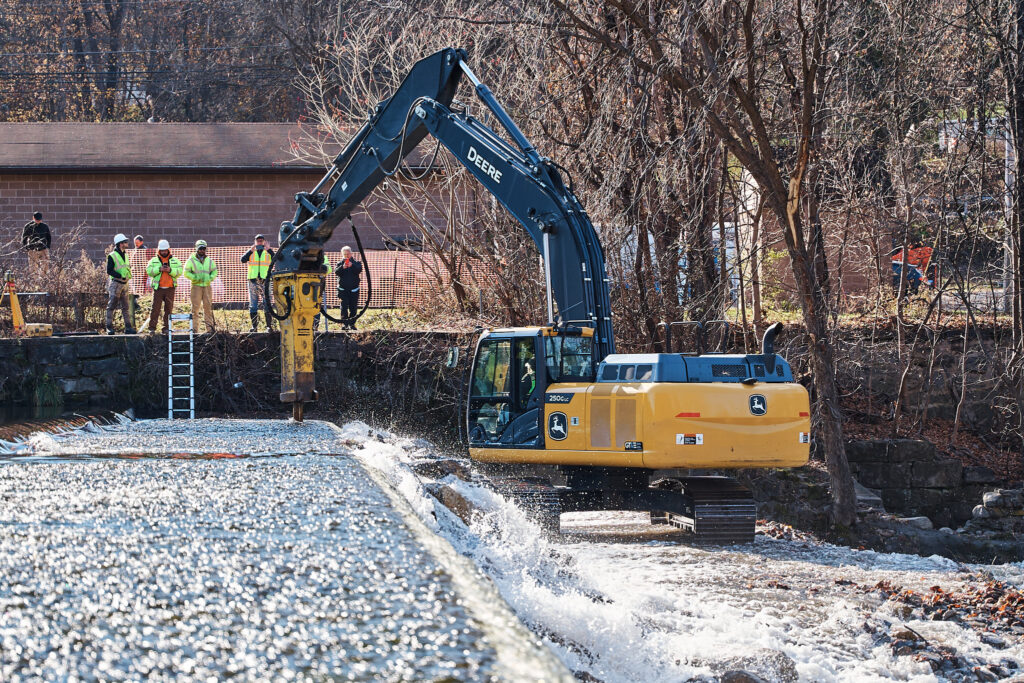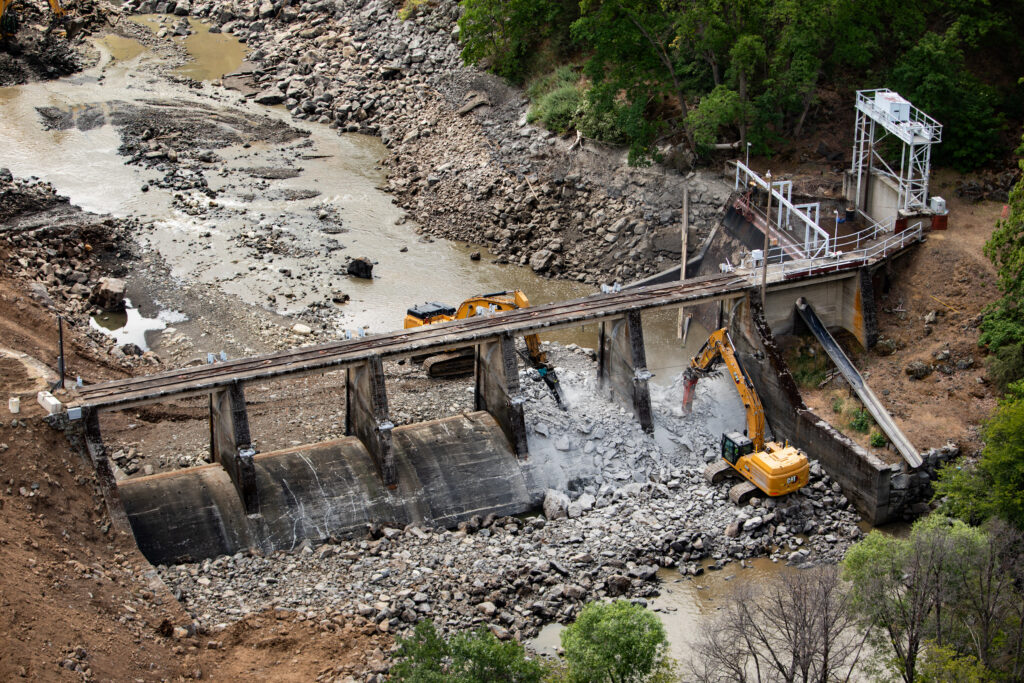Video: Lessons from the Klamath River
What’s the key to one of our nation’s most significant river restoration efforts? Collaboration. Learn about what makes the Klamath so special in this interview with Steve Rothert, California director at American Rivers.
By
Amy Souers Kober |
November 13, 2019
For nearly 100 years, dams on the Klamath have
blocked salmon and steelhead from reaching hundreds of miles of habitat, and
have harmed water quality for people and wildlife. Four dams – J.C. Boyle,
Copco No. 1, Copco No. 2 and Iron Gate – built between 1908 and 1962, will
soon be coming down. This river restoration project that will have lasting
benefits for the river, salmon and communities throughout the Klamath Basin.
American
Rivers and more than 40 stakeholders – including tribes, irrigators, commercial
fishing interests and conservationists – helped craft the original Klamath
agreements to remove the dams, restore habitat and resolve decades-long water
management disputes.
Dam
removal will restore access to more than 300 miles of habitat for salmon. It
will also improve water quality – currently, toxic algae in the reservoirs
behind the dams threatens the health of people as well as fish.
Read more about why this dam removal and river restoration effort will be
one of the most significant the world has ever seen.





6 responses to “Video: Lessons from the Klamath River”
I fished the mouth of the Klamath trying to catch, well snag actually a Chinook over three days
time in 2009 and was skunked! sad trip indeed. The Cinook caught in the Klamath were inedible
from the algae and pollution and warm water which was heartbreaking to hear!
Thanks for what you are fighting for!
Great news, good job.
Keep me posted on the ongoing progress.
Great job, keep up the great work. I live on the East side of the Sierra range. We need more of your great work over here also. I remember as a boy the area was great fishing and other things.
I live near the mouth of Klamath River and I’ve been involved in River and Salmon issues here for going on 40 years. Removing four PacifiCorp dams is a positive step; but it is not, as claimed in this video, “the biggest step” toward restoring the Klamath River and its salmon. The “biggest step” would be effectively addressing the source of the Klamath’s poor water quality which the dams make worse. That source is agricultural wastewater (pollution) from the Upper Basin, Shasta and Scott Valleys. To address that we must have effective enforcement of the Clean Water Act with respect to agricultural ;pollution. Currently that is lacking in both Oregon and California.
I hope American Rivers will remain involved on the Klamath and support effective CWA enforcement, as well as addressing PacifiCorp’s fifth and most upriver dam – Keno – which will remain and which has the worst water quality in the Basin, including toxic algae.
Collaboration can be good or bad…depending on the particulars. It is sad that American Rivers signed on to the KBRA Water Deal which would have locked in flows subsequently shown to kill over 90% of juvenile salmon before they could reach the Pacific Ocean. The KBRA also contained 19 pages of “regulatory assurances” for federal irrigators absolving them from most environmental responsibilities under law. That was bad collaboration. Fortunately, that deal did not make it through Congress.
I hope American Rivers truly learned a lesson and will not support bad deals, whether or not they are “collaborative.”
This is GREAT news!!!……I watched the tv news reports about the Washington river damn that was to be removed (can’t recall the name of that dam), I then saw the video of the tearing down of that (smallish) dam. Some months later, a video was posted – of what that river looked like now……the river NOW looks like it had never been dammed!!!!……the river has cataract rapids, it’s clear to the bottom again, the riverside vegetation has grown back in thicker than it was while the dam was in place, and biologists say that Salmon have returned to that river in larger numbers. Also, other species of wildlife have come back into the river region……I grew up in a family that LOVES to camp / car travel……..that whole river valley region now looks wild again, and beautiful!!!!! – the way it SHOULD be!!!!…….the last video narrator added that the region’s state and county governments were thinking of creating campgrounds along that now free-flowing river, and are also thinking of making that now once-again free-flowing river available to fishing and canoeing outdoors people.
Like arteries that bring health to the whole, our rivers are the lifeblood of the planet. Keep up the good work. I am thrilled that the Klamath dams will be removed. It can’t happen soon enough !!!